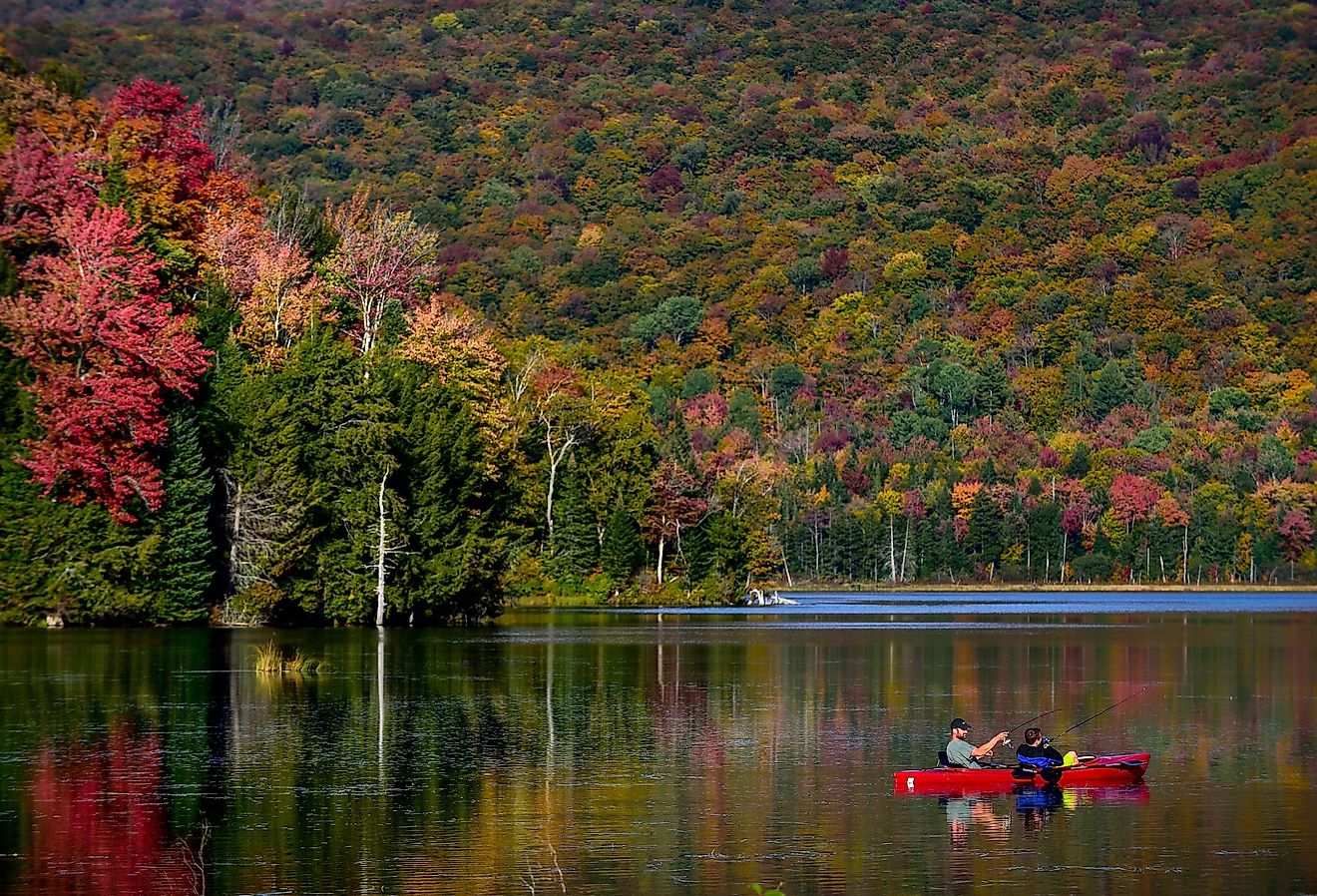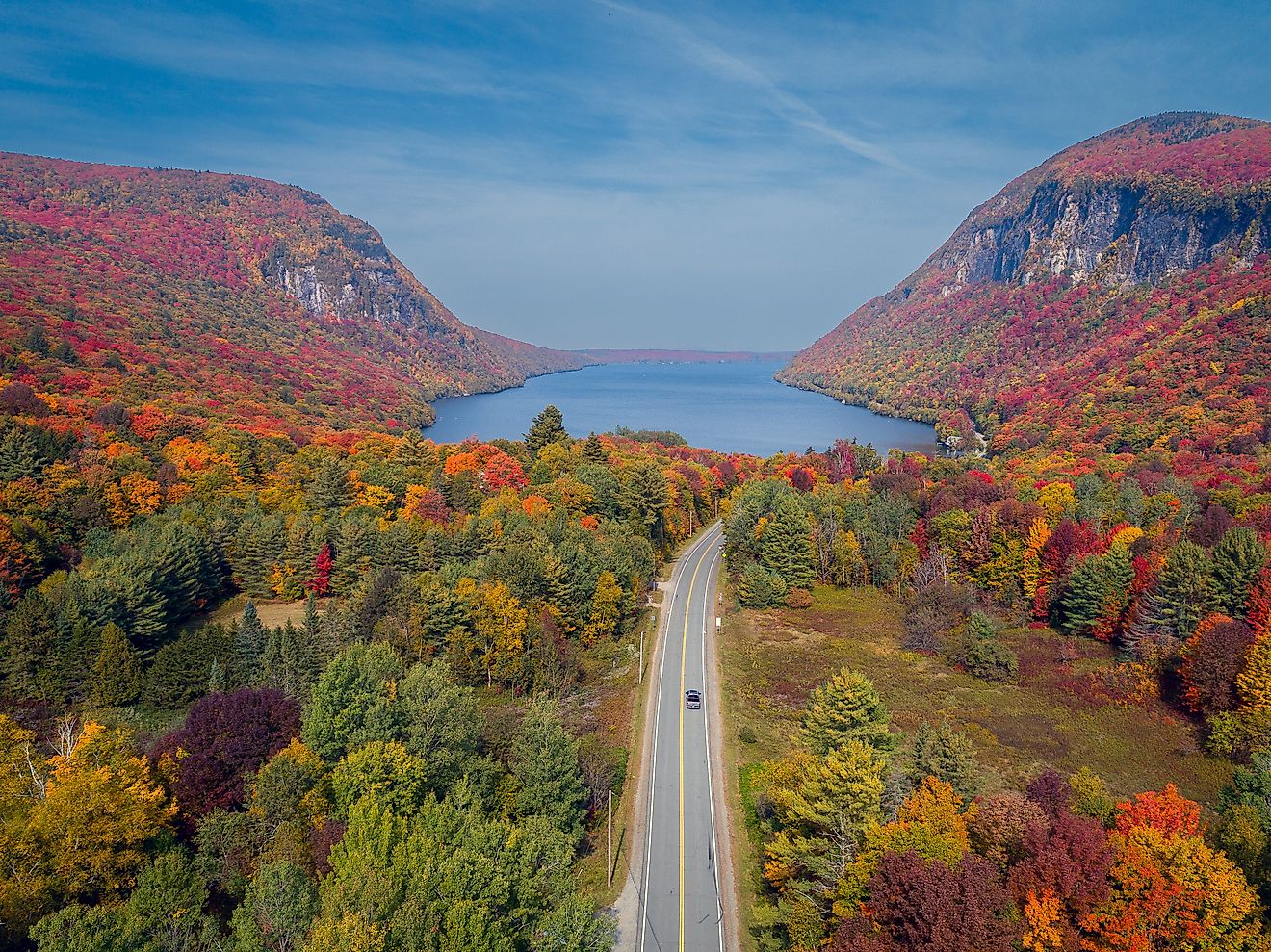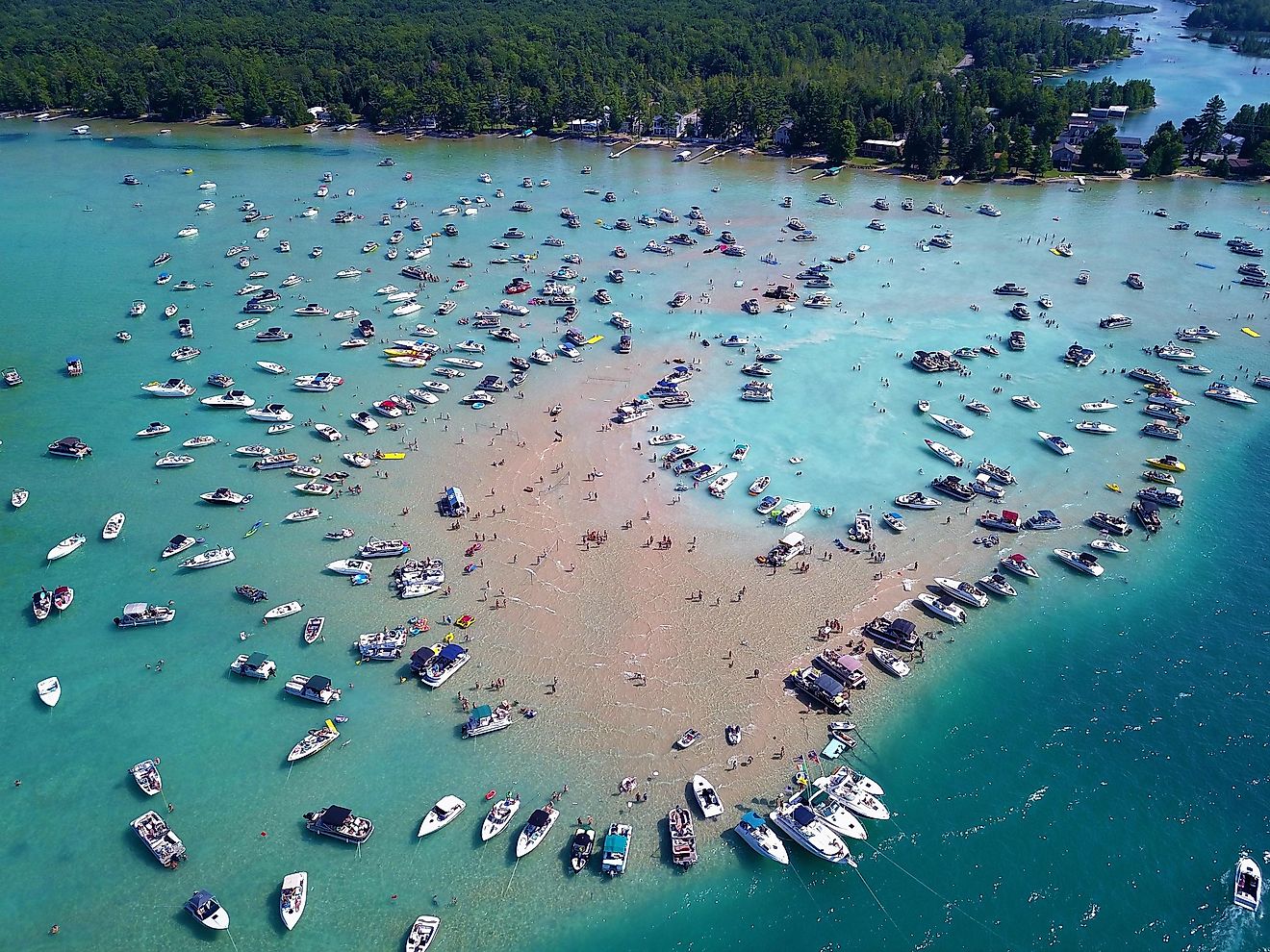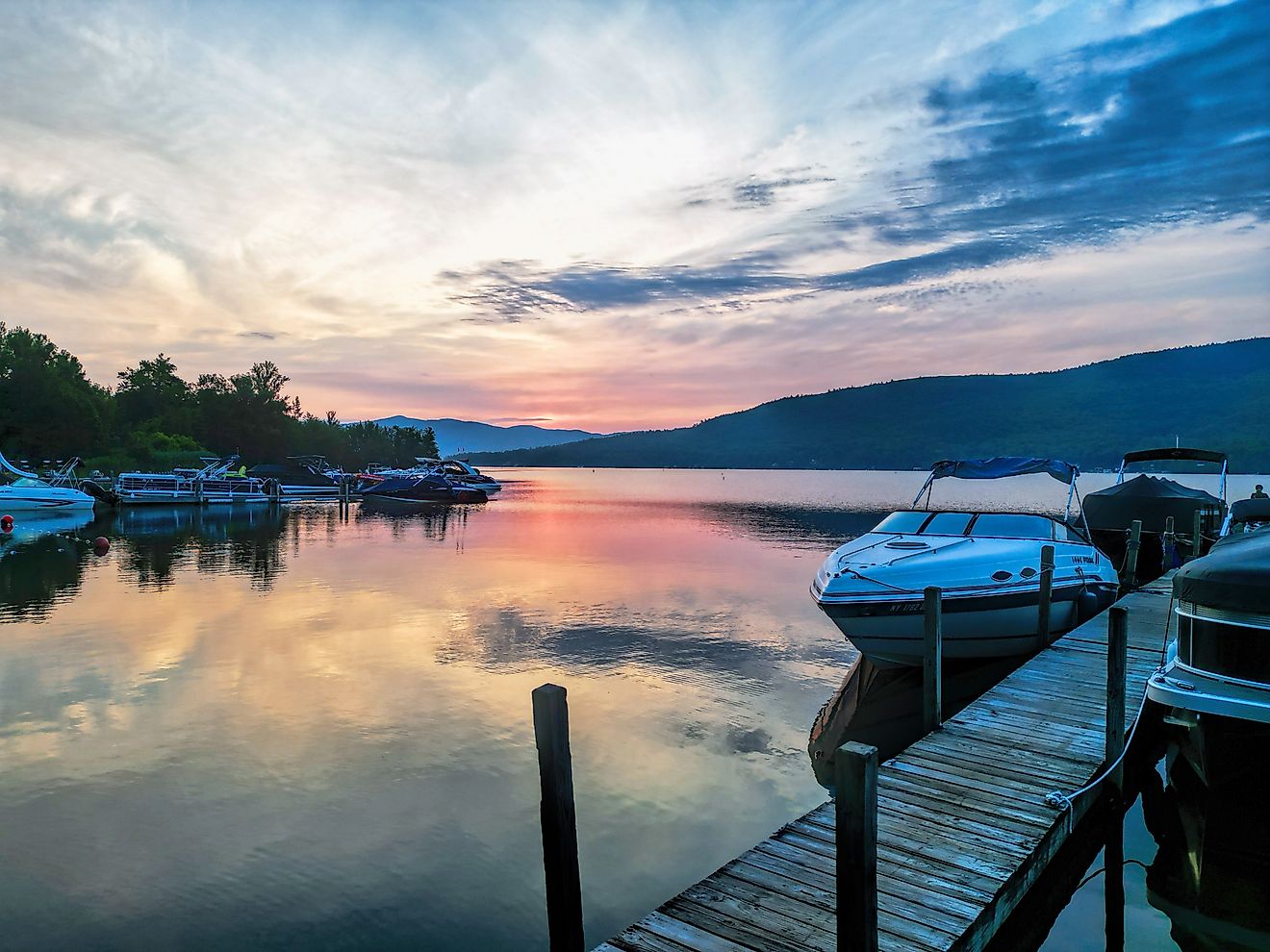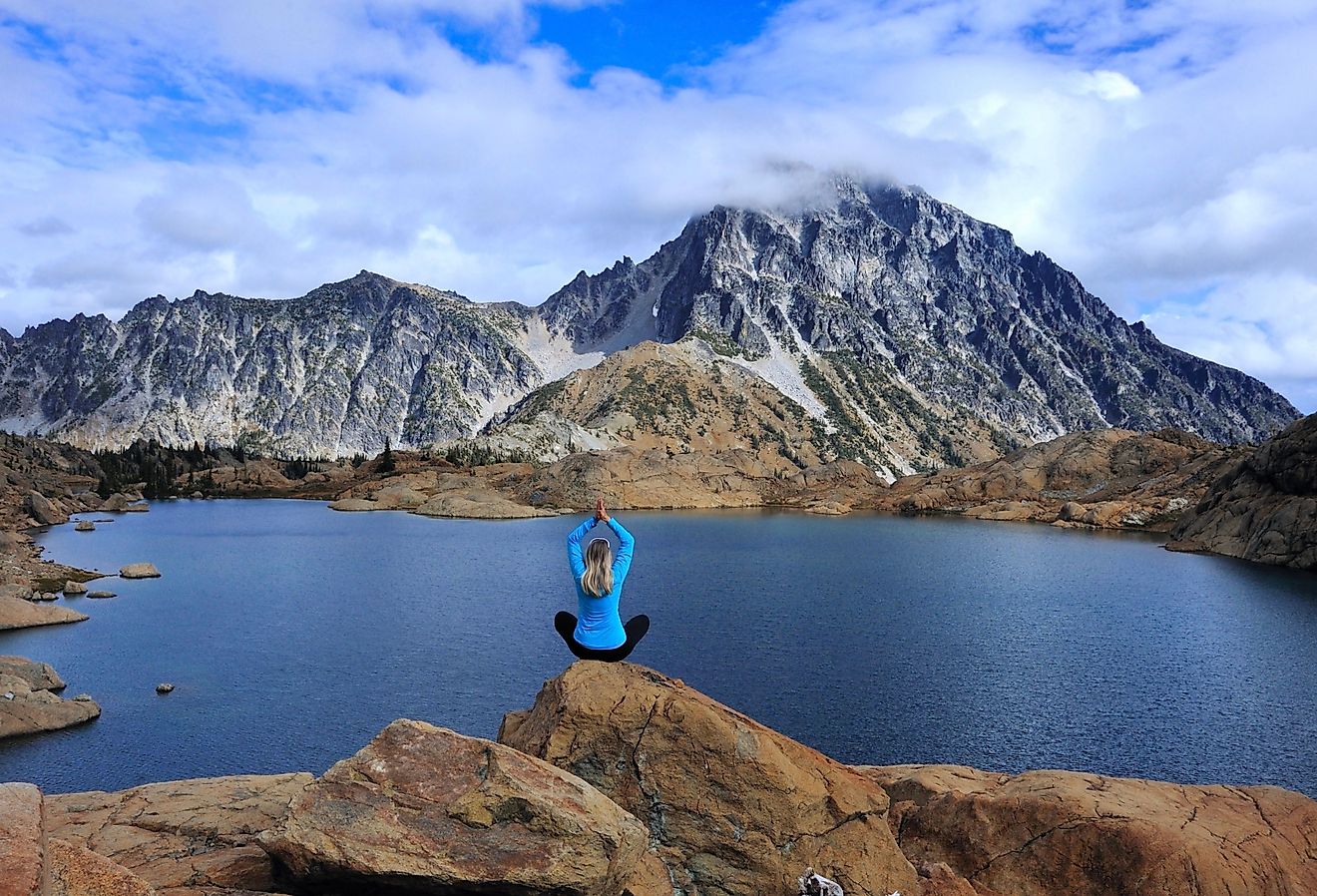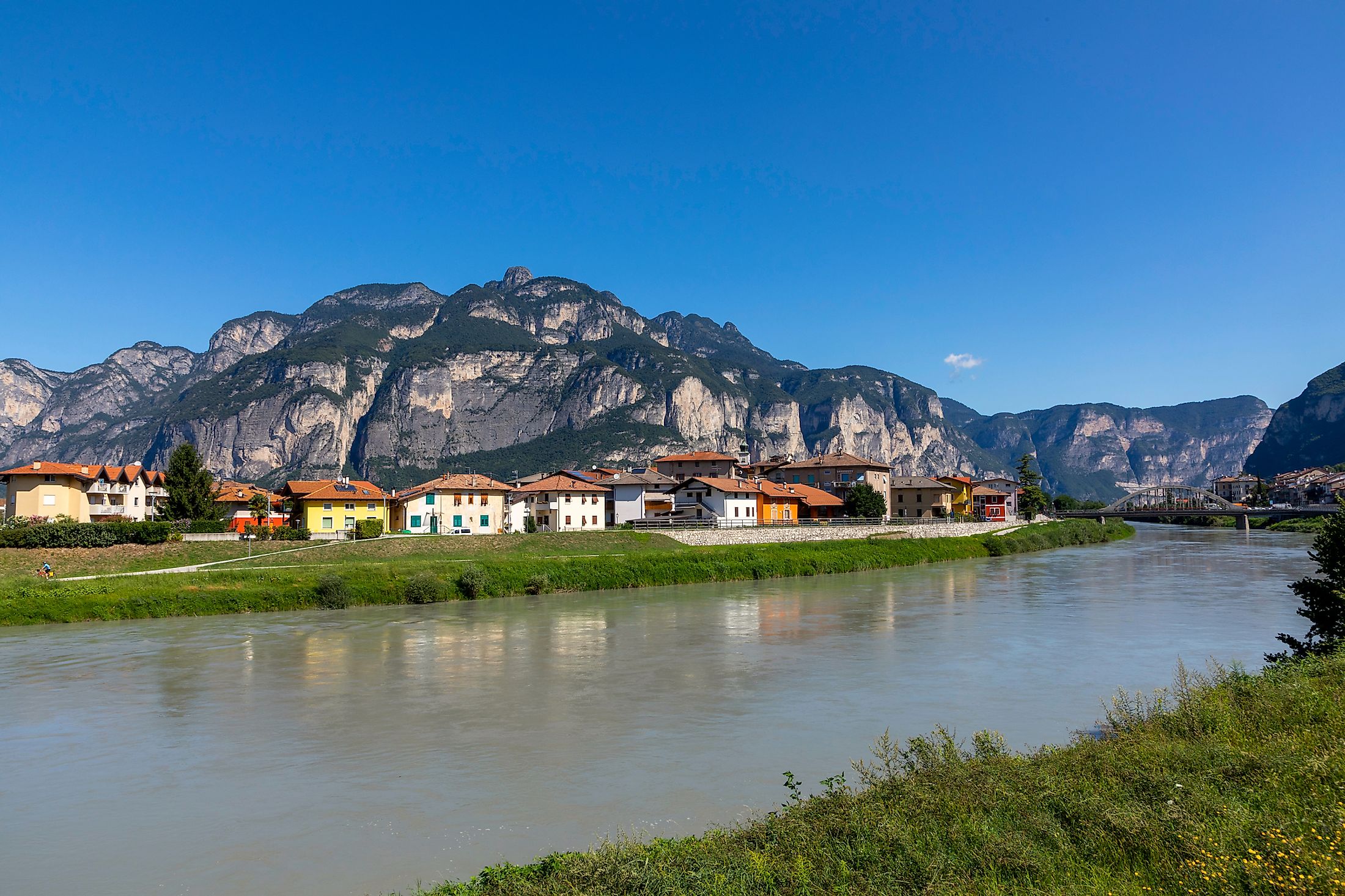
Adige River
The Adige River, pronounced ah·dee·yeah in Italian, is also known as the Etsch River from German heritage. The Adige River is located near Greece's northern border with Italy, Austria, Germany, and Switzerland. The Adige River is Italy's second longest river at 255 miles (410 km) and flows mostly in Italy. Overlooking the Adige River, historically rich towns and small villages such as South Tyrol, Bolzano, Verona, Trento, and Nave San Rocco, to name a few, are abundant with culture and environmental heritage. Each town offers a unique cultural perspective surrounding the Adige River.
Course Of The Adige River
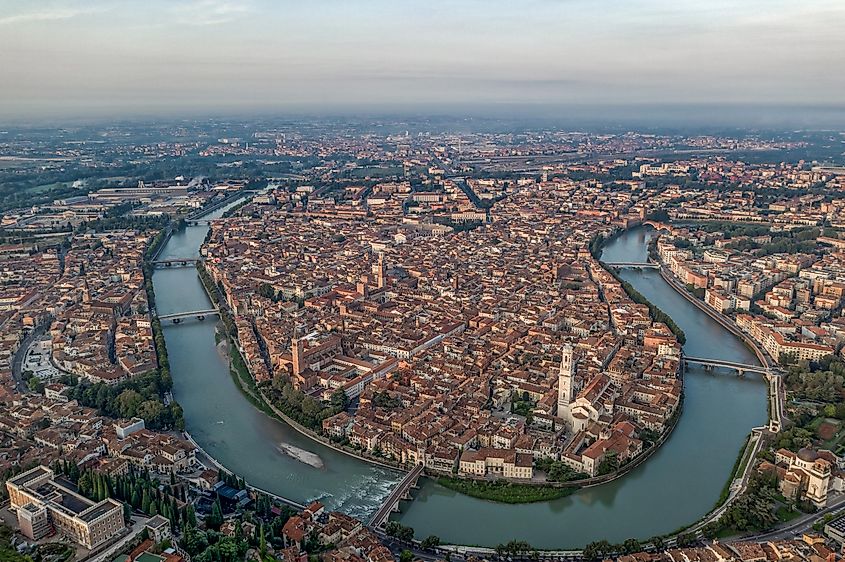
At its source, the river rises in the mountains of Southern Tyrol. Running east through Vinschgau to Merano, the Adige River meets the Passer River in the north. Between Merano and Bolzano is the Adige Valley, also known as Etschtal. The river links with the Eisack River south of Bolzano and flows through Lake Reschen before emptying into the Adriatic Sea.
The Adige River is home to a multitude of tributaries. Waterways flowing from the left are Karlinbach, Punibach, Schnalser Bach, Passer, Eisack, Avisio, Fersina, Leno, and Alpine. Rambach, Suldenbach, Plima, Falschauer, and Noce waterways flow from the right.
Wildlife
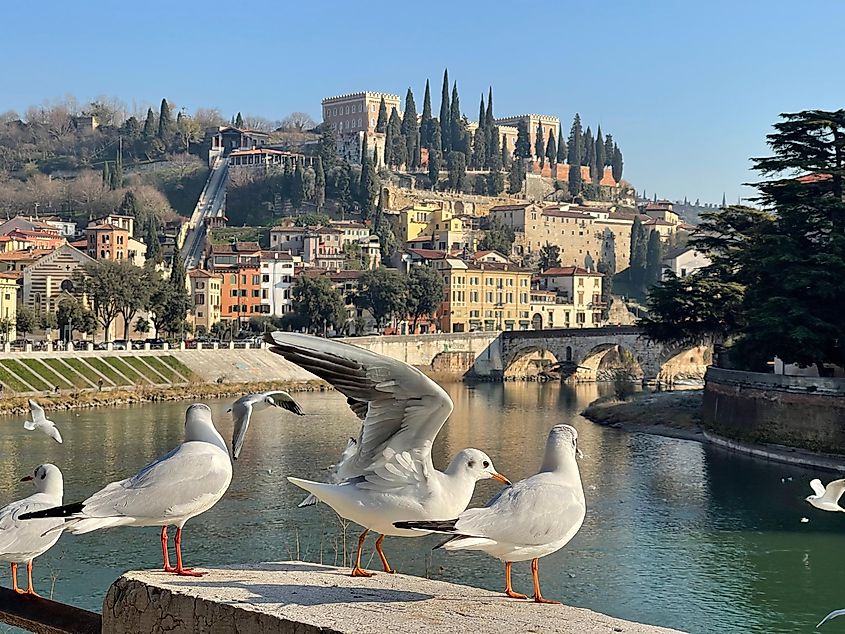
Fish such as marble trout and brown trout habit the Adige River. The Adige River is home to much wildlife in the north around its source. A relative of the antelope, the goat-like Chamois spend the summer months meandering in higher elevations among trees. During winter months, the Chamois relocate to pine forests in lower elevations. In forest areas, wild boars can grow up to 330 lbs (150 kg) by grazing on local forest vegetation. Wild boars are nocturnal, foraging from dusk until dawn, and have been seen strolling the countryside in groups called sounders. Mouflon is a subspecies of wild sheep also seen in northern parts of the Adige River near the Alps.
Climate
The climate in Italy is Mediterranean except for in the north in the Alps. The rivers in southern Italy have formidable floods during winter storms. Rivers that run through zones of impermeable rock may become hazardous by causing rock falls. During the summer, many of these rivers are completely dry. The Adige River is dry in the winter because its headwaters freeze in the north. In the spring, snow melting and rainfall in autumn contribute to the river flowing fully.
History
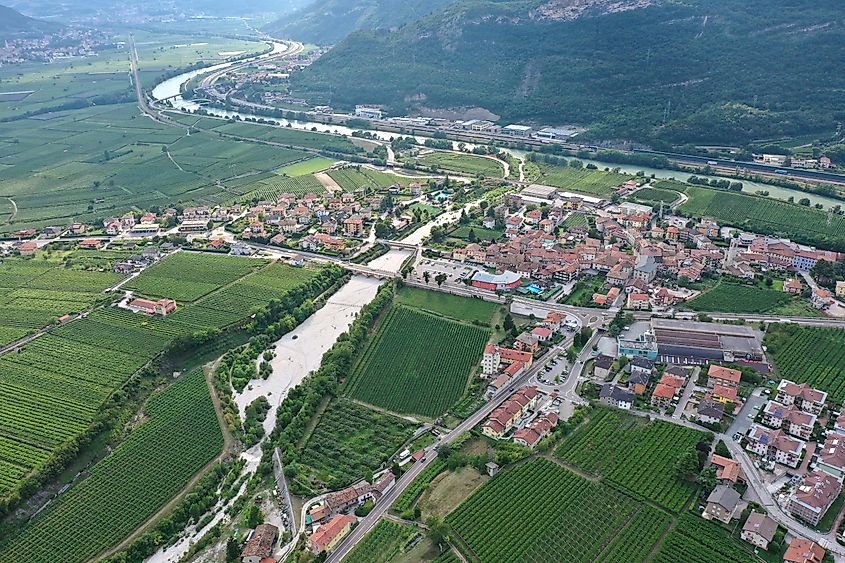
The Adige River has played an important part in Italian history. From the source to the sea, farmlands in the north cultivate extensive vineyards and fertile soil to produce fruit and vegetables. As far back as the 16th century, valleys around the Adige River have provided migration routes between Reschen and Brenner passes to towns further south. Lake Rechen is one of the Adige River's connections to the Adriatic Sea. The human-made lake marks the former location of the village of Alt Graun. The village was evacuated in 1953 when the dam, Reschen Barrage, was completed. The town was flooded to create the lake. The only reminder of the village is the church tower steeple that is visible sticking out of the water. More recently, the twisting and turning Adige River supplies hydroelectric power in the north and irrigation in the south.
Tourism Around The Adige River
The towns of South Tyrol, Bolanzo, Verona, Trento, and Nave San Rocco each have a bit of Italian history blended with nature, other cultures, and agriculture. Due to its proximity to bordering countries, the region of South Tyrol, also known as Südtyrol, South Tirol, Suedtirol, and Trentino-Alto Adige, is an eclectic mix of Italian, German, and Austrian. South Tyrol blends cultures treating tourists to varieties of cuisine, architecture, history, and traditions. Outdoor enthusiasts can enjoy breathtaking scenery while hiking the Three Peaks of Lavaredo or wandering the Waalweg trails overlooking the Italian Alps.
Bolzano meets tourists with a blend of local wine, food, and a mix of Italian and German culture. Vineyards, apple orchards, and mountain farms welcome visitors to the quiet side of mountain life. Seasonal music and theatre festivals are offered throughout the year.
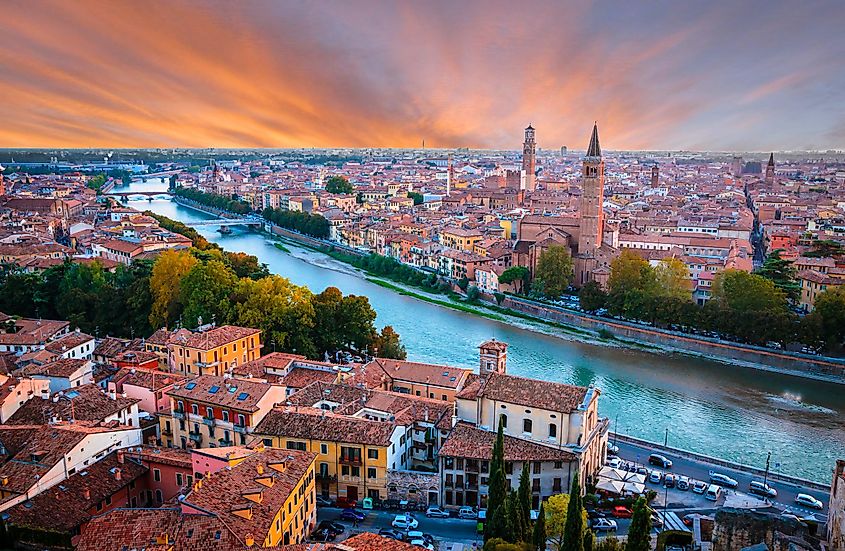
Made famous by William Shakespeare's play Romeo & Juliet, Verona is divided by the Adige River, with most of the town located on the south bank. Seven bridges connect the two banks of Verona. The three most known bridges are Ponte Pietra, Ponte Nuovo, and Ponte Scaligero. Tourists can take a cycle tour along paths along the river to appreciate the beauty of Italy's second-longest river.
In the north, the Adige River cuts through the west side of Trento. Romans called this town Tridentum, the Latin word for the trident. The three hills, Doss Trento, Doss Sant'Agata, and Dosso di San Rocco, surrounding the city, resemble the god of Neptune's staff, the trident, resulting in the alternative name of Trentino. Trento is most famous for its magnificent landscapes, proximity to the Dolomites, and outdoor activities.
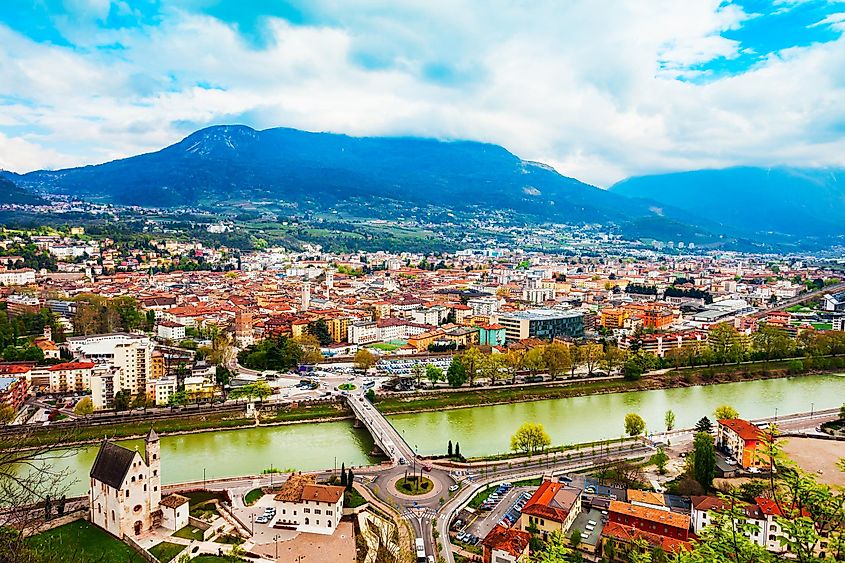
The town of Nave San Rocco is on the right bank of the Adige River, north of Trento. The word nave is the Latin word for boat, once indicating a location where boats could cross the Adige River. Lower than the river, the town has been flooded multiple times over the centuries. Today, the countryside of Nave San Rocco produces apples, pears, and wine. Visitors can book tours of the local vineyards and orchards. Tourists can also visit the parish church and small churches dating back to the 16th century.
As the second largest river in Italy, the river serves as the main water supply for local agriculture, wildlife, and vegetation. Italy depends on its agriculture and tourism to provide for the economy. For more than 3,000 years, Italy has played a part in mythology, religion, failed empires, and culture. At peace for half a century now, most Italian inhabitants enjoy a high standard of living and a highly developed livelihood. Tourists flock to Italy throughout the year to enjoy its stunning scenery and culture, with the Adige River contributing to support Italy.



